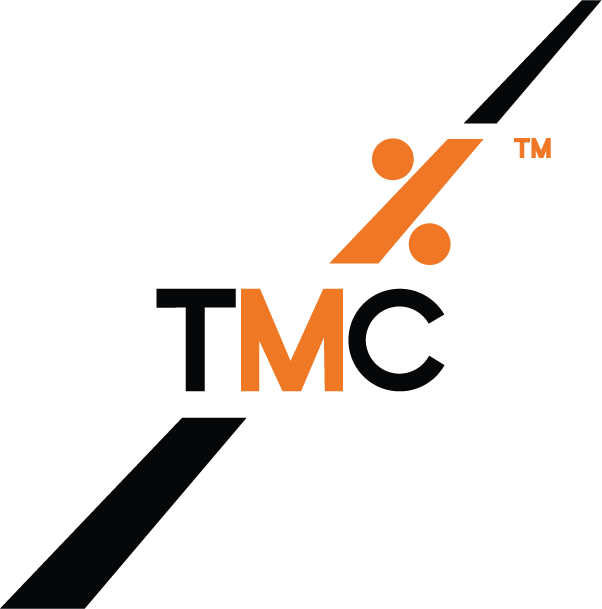True cost, carbon and MI reporting at local, regional and global level
Did you know that an estimated 49,000 companies across Europe need to report on their Greenhouse Gas emissions?
Why? Well, any company that fulfils two of the following criteria must complete the report:
- €40 million in net turnover
- €20 million on the balance sheet
- 250 or more employees
Greenhouse gases are described as gases that trap heat in the earth’s atmosphere. Without them, life on earth as we know it would be unsustainable.
But we, on earth, are contributing to the ever-increasing rise in quantities of greenhouse gases released into the atmosphere due to things such as the burning of fossil fuels, agriculture and large-scale deforestation.
Greenhouse Gas Reporting
Greenhouse gas reporting allows businesses to measure, control and report on the total greenhouse gases that they put out in a way to effectively manage and reduce their overall emissions.
It’s important for businesses to do everything they can to work towards the 2050 net-zero target which is simply put, to be in a position where the amount of greenhouse gases we produce and ultimately add is no more than the amount removed from the atmosphere.
Businesses are setting their own targets and goals to reduce their carbon footprint as part of their own corporate social responsibility (CSR) agendas. For fleets, vehicles with internal combustion engines (ICE vehicles ie. petrol and diesel) emit greenhouse gases and so monitoring these emissions is a good place for businesses to start. Doing something about it is the next step, hence many fleets across the globe starting with the transition from ICE to EV.
Having reporting for Scope 1,2 and 3 emissions means a business can track progress and monitor usage to make better fleet and business decisions.
What are Scope 1, 2 and 3 emissions?
So how can we help with scope 1, 2 and 3 emissions?
- Scope 1: Accurate reporting around fuel & carbon output for business mileage
- Scope 2: True cost reporting around electricity used to charge electric vehicles within your fleet
- Scope 3: Mobility iQ can look at all modalities when it comes to travel
How can TMC help in terms of Reporting?
TMC can make sense of all of your fleet and mobility data, consolidating your existing data from across the globe into a single reporting solution to provide true cost, carbon and MI reporting across all markets including accurate Greenhouse Gas Reporting.
This reporting can be broken down by country, region or cost centre, giving a 360 degree view of what is driving cost and carbon at local, regional and global level. Having sight of scope 1, 2 and 3 emissions is very helpful in the quest to meet your sustainability goals and reduce your carbon output.




